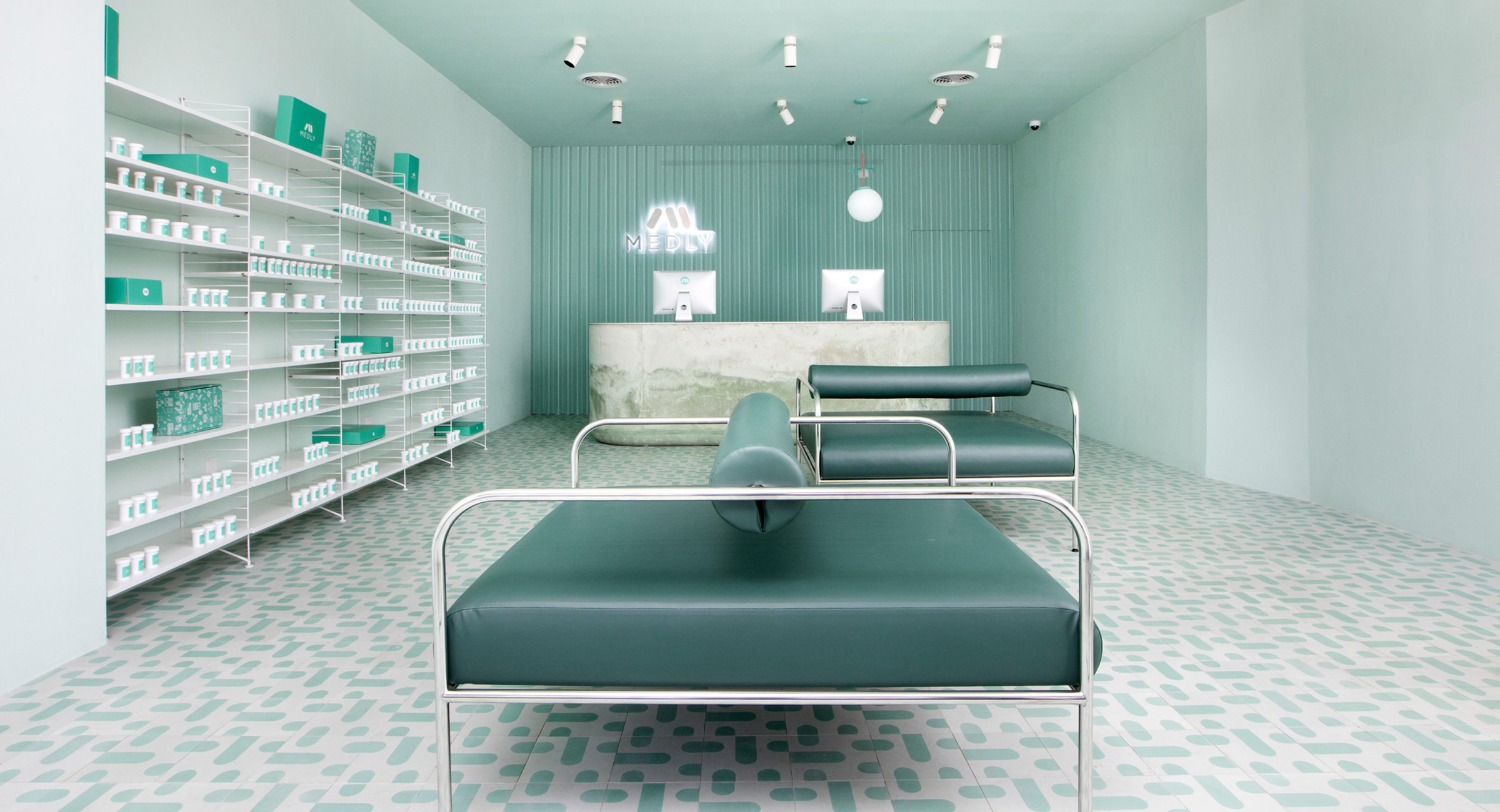Nearly everyone has looked up medical and health information online. This means that healthcare websites need smart, efficient, and high-quality web designs. Medical websites face a variety of challenges with creating such websites.
Some of these challenges include:
- similar brands, logos, and clinic names
- regulated and saturated industry limits the marketing content
- accessibility for users with disabilities
The developers of any medical website need to ensure easy navigation, complete information, and accessibility for all page visitors. It can be tricky but it is surely not impossible.
Despite the challenges, there are five characteristics that almost guarantee a smooth user experience. We will enumerate them below.
1. Simple and Functional Design
Sometimes, less is more. A well-designed website has conventional page layouts, simple navigation bars, and an appealing color scheme. The font used throughout the site also communicates a certain tone or feeling, so it should be modern and easy to read. This means that the font size is neither too big nor too small.
Users are usually turned off when there is too much white space or negative space, too much multimedia, unbalanced page layouts, or even outdated graphics. The presentation of a website is the first impression that medical clinics give to prospective patients so it should reflect the high-quality services they offer.

2. High-Quality Imagery
People on the internet expect images and stories to convey stories, especially in the context of healthcare. The pictures on any medical website should be of high-quality both in terms of resolution and artistic quality. Stock imagery is acceptable but it’s definitely better and more personal if the website uses original photos. This way, the patients feel a sense of familiarity and solidarity upon seeing real patients get real results.
Besides images of people, the header and background photos (if any) also matter. Dynamic colors are important to engage the viewers and entice them to keep scrolling on your website. Furthermore, certain colors promote feelings of health and well-being (such as deep green). So website visitors will be delighted to stay on your website if it feels welcoming and trustworthy.
3. Complete Medical Information
Of course, the website should have complete and up-to-date medical information. This can cover a wide range of medical diseases, health issues, even a symptoms checker.
Aside from the medical information, it should contain an updated directory of the medical or healthcare clinic itself. Patients will not make an appointment if they cannot find an accurate address, email, or contact number. Information such as working hours of certain physicians and specialists will also help. This cuts one step from patients making an appointment because if they can access all the information they need from the website, they will not give a call anymore to ask more questions. They will go straight to making an appointment.

4. Engaging Health Content
Similar to providing medical information, health-related content is a big booster for any medical website. Articles on subjects ranging from health conditions, medical news, journal articles, and even health-oriented events and classes will entice users.
This also shows that the clinic cares about their patients’ well-being even beyond the appointment. Plugging health-oriented content will have not only patients’ coming back to the website but even the general public who are interested in reading and learning about healthy practices.
5. Patient Reviews and Testimonials
Lastly, patient reviews are a big way to entice new ones! This is one of the most powerful sections of a healthcare website. Testimonials provided an added comfort to new patients and increased the credibility of the physicians, staff, and the medical provider as a whole.
People do not want to make a wrong decision especially when it comes to their health. We rely heavily on the feedback of other people who came before us. Similar to customer product reviews, testimonials play a big part in the decision-making of prospective patients and should be incorporated into the website. Knowing that patients can leave firsthand testimonials at any time also increases awareness among the entire team in the medical clinic, so there is a level of assurance that they are always putting their best foot forward and providing quality healthcare that is worth your money.
Having a well-designed medical website can do wonders for one clinic. It also guarantees a smooth user experience for past and future patients.






